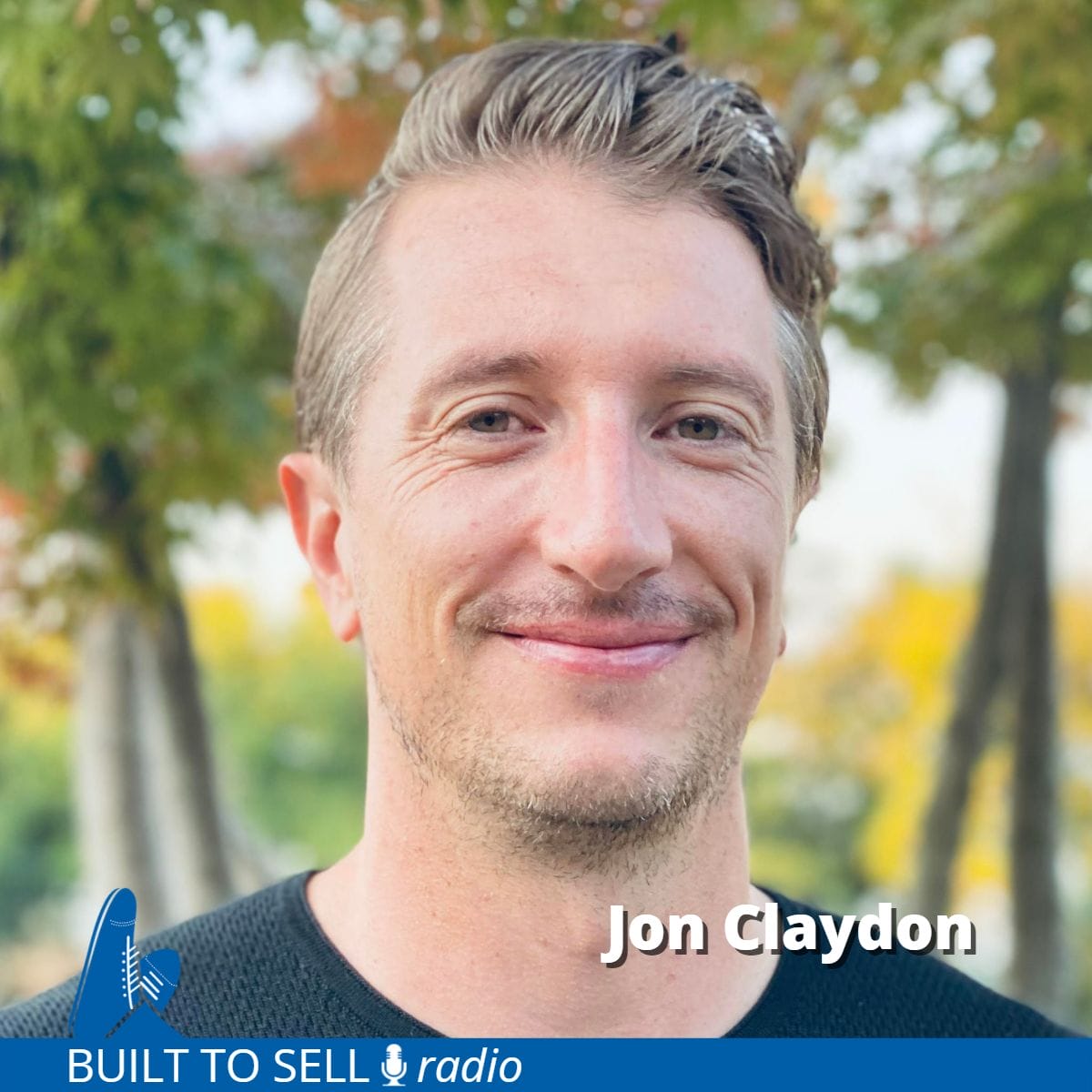About this episode
In 2013, Jon Claydon started Streamline Marketing to help brands manage their affiliate programs. Claydon bootstrapped his business to around 30 employees but avoided hiring for some senior roles in favor of doing much of the work himself.
Thanks to Claydon’s lean approach, the business enjoyed 50% EBITDA margins, but the pace took its toll. In 2019, Claydon kept working through a shingles diagnosis only to end up in the hospital as the rash caused by the virus spread to his throat, which began to close. Claydon ended up in hospital with time to reflect on the stress his business was causing and decided it was time to sell.
In this episode, you’ll discover:
- 3 routes to consider when your industry goes through a consolidation wave.
- The downside of staying independent.
- How to use “add-backs” to juice your EBITDA.
- A typical formula acquirers use to buy service businesses.
- How to drive a sense of urgency to complete an acquisition.
Check out our article on Higher Chance Of Receiving EBITDA Offer.

About Our Guest
Jon currently serves as Chief Development Officer for Acceleration Partners, where he leads strategic growth and corporate development initiatives for the agency. He joined Acceleration Partners through the acquisition of Streamline, which he founded and grew rapidly to one of the leading firms in the affiliate industry earning numerous awards for workplace culture and making the Inc 5000 list of the fastest-growing private companies 3 years in a row. Jon is a veteran of the partnership space where he has spent his entire career. Prior to founding Streamline, he held positions at CJ Affiliate where he oversaw new client development and management of strategic accounts, and was responsible for building the partnerships business at RealNetworks where he managed a large team responsible for relationships with Google, Microsoft, and Amazon. He is a thought leader and has spoken at numerous industry events and was the Chair of the Advertiser Council for the Performance Marketing Association. Outside of work, Jon’s passion is travel and he has been to 57 countries, many of them during his time running Streamline.
Connect with Jon:


